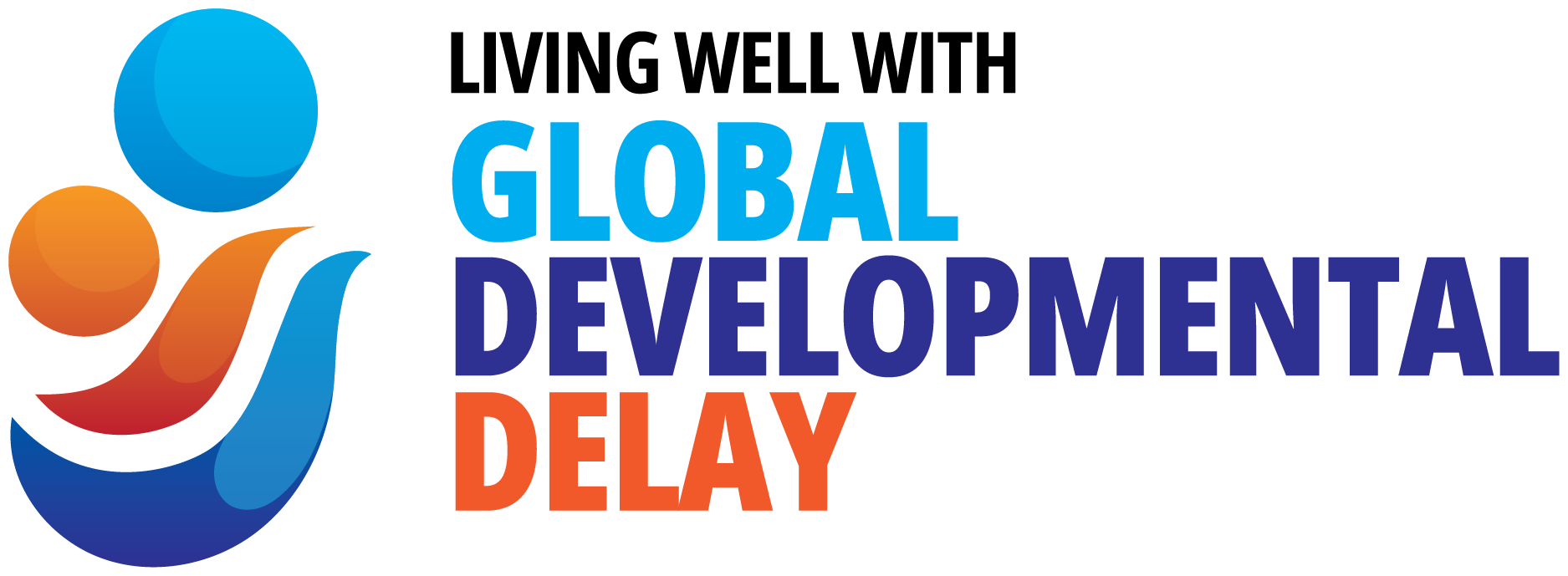Bagnato, S. J., Suen, H.K. and Fevola, A.V. (2011). ‘Dosage’ effects on developmental progress during early childhood intervention: Accessible metrics for real-life research and advocacy. Infants and Young Children, 24 (2), 117-132.
Hanft, B.E. and Feinberg, E. (1997). Toward the development of a framework for determining the frequency and intensity of early intervention services. Infants and Young Children, 10 (1), 27-37.
Novak, I. (2012). Evidence to Practice Commentary: Is more therapy better? Physical & Occupational Therapy In Pediatrics, 32 (4), 383-387. DOI: 10.3109/01942638.2012.726894
Statham, J. and Smith, M. (2010). Issues in Earlier Intervention: Identifying and supporting children with additional needs. DCSF Research Report DCSF-RR205. London, UK: Department for Children, Schools and Families. http://publications.dcsf.gov.uk/eOrderingDownload/DCSF-RR205.pdf
Wasik, B. A., Mattera, S. K., Lloyd, C. M., & Boller, K. (2013). Intervention dosage in early childhood care and education: It’s complicated (OPRE Research Brief OPRE 2013-15). Washington, DC: Office of Planning, Research and Evaluation, Administration for Children and Families, U.S. Department of Health and Human Services.
https://www.acf.hhs.gov/sites/default/files/documents/opre/dosage_brief_final_001_0.pdf

